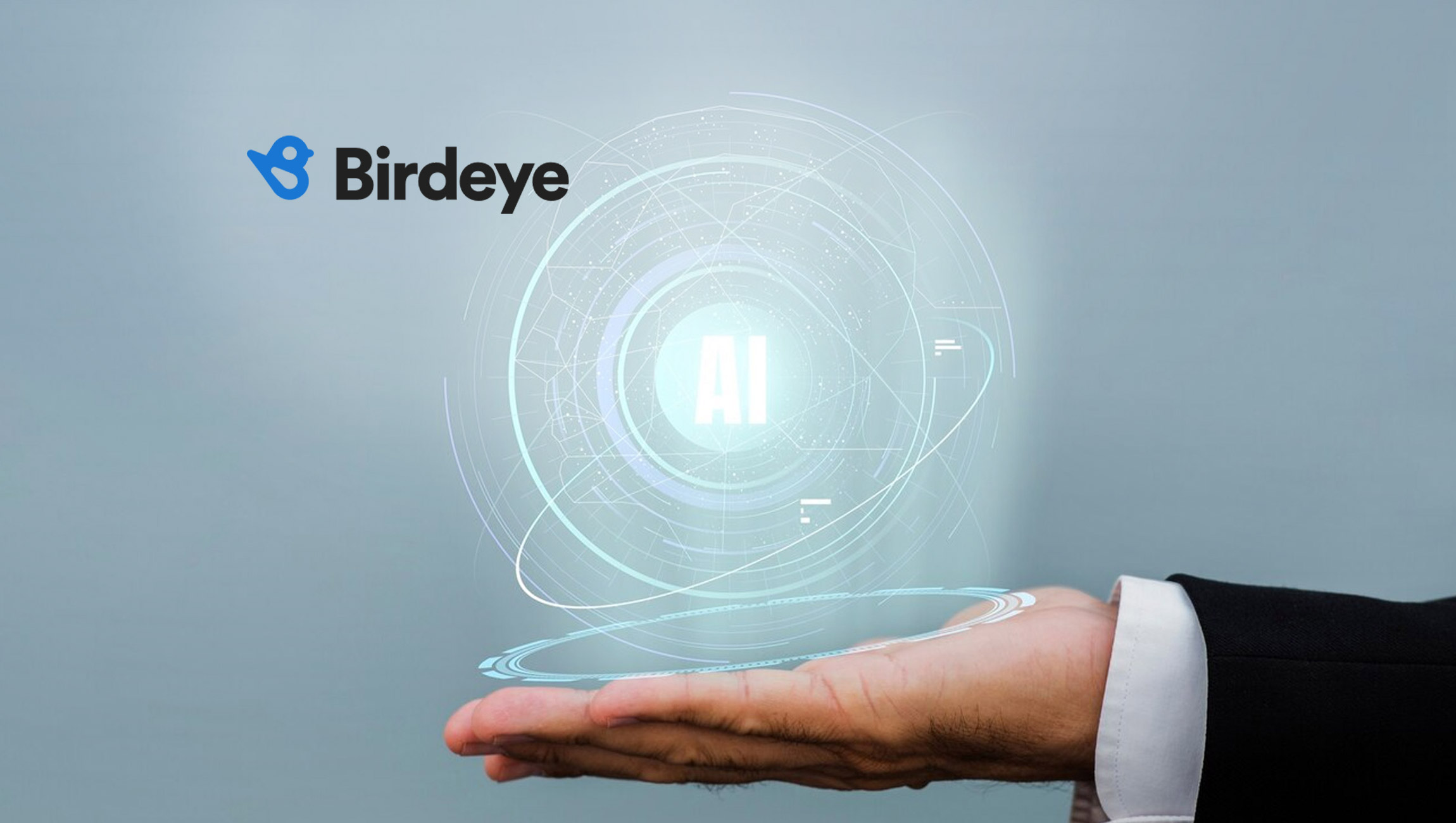Copresence’s AI avatars prioritize photorealism and capture the subtleties of facial expressions, making them ideal for XR and real-time interactions.
Copresence, a provider of digital avatar generation software, is excited to announce the addition of AI avatar rendering to its platform, highlighting a differentiation in capabilities between AI-generated and computer graphics-generated avatars.
“Our team is deeply committed to pushing the boundaries of avatar realism and accessibility. We are actively working on enhancing the speed of our AI avatar generation, broadening the scope of real-time rendering to encompass a wider array of devices such as VR headsets, and introducing innovative recording modes”
Copresence has established itself as a leader in creating high-fidelity avatars. The company offers a full enterprise-grade platform for large-scale B2B deployments that enables photorealistic 3D models of users’ faces using only a smartphone, and caters to diverse requirements across a range of industries.
Marketing Technology News: Microsoft Unveils New Generative AI and Data Solutions Across the Shopper Journey, Offering Copilot Experiences Through Microsoft Cloud for Retail
With this latest AI avatar rendering announcement, Copresence’s platform now offers two distinct approaches to avatar creation: classical 3D assets created through computer graphics (CG avatars), and artificial intelligence-generated avatars (AI avatars), each with unique characteristics.
Copresence’s CG avatars are versatile, editable in tools like Blender and Maya, and compatible with game engines such as Unreal Engine and Unity, catering to the metaverse and gaming industry’s needs for detailed user likenesses and more immersive experiences, ultimately allowing gamers’ likenesses to be included in a game on any hardware.
In contrast, the company’s AI avatars prioritize photorealism and likenesses that surpass the “uncanny valley” territory. Copresence’s AI avatars are currently rendered in real-time at 60 FPS on consumer laptops using proprietary neural network software and capture the subtleties of facial expressions, making the solution ideal for XR-based video conferencing and applications that involve real-time interactions.
Marketing Technology News: MarTech Interview with Karen Ng, SVP of Product and Partnerships at HubSpot
“Our team is deeply committed to pushing the boundaries of avatar realism and accessibility. We are actively working on enhancing the speed of our AI avatar generation, broadening the scope of real-time rendering to encompass a wider array of devices such as VR headsets, and introducing innovative recording modes,” said Radek Mackowiak, CEO of Copresence. “These updates are designed to unlock an even richer expression range for our users, ensuring that our avatars not only look lifelike but also convey the subtleties of human expressions accurately. This is just the beginning of what we believe will revolutionize how we interact in digital spaces.”
The applications for both Copresence’s CG and AI-generated avatars include: detailed character creation for game developers; seamless integration of realistic avatars in video conferencing for professionals and organizations; and 3D XR environments and spatial computing, which rely heavily on realistic avatars to provide an accurate digital representation of users in real-time.
Copresence will be demonstrating its leading avatar technology at the upcoming GDC in March, and at the Cannes XR Marché du Film as part of the Swiss delegation’s presence at the event this year. For more information about Copresence and to stay updated on the company’s latest developments,










